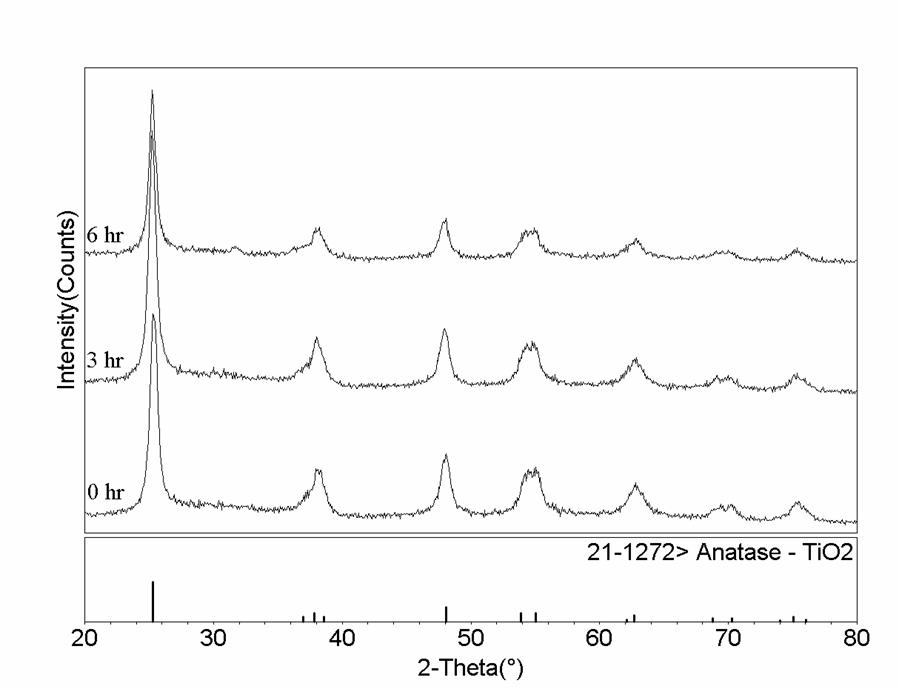Samples of Co0.1Ti0.9O22 anatase prepared by the sol–gel technique are found to be paramagnetic at room temperature, with the magnetic susceptibility following Curie–Weiss law in the investigated range of 2–370 K. However, transformation from paramagnetism to room-temperature ferromagnetism (RTFM) is observed by hydrogenation of the sample at 573 K. The increase in the hydrogenation time from 1 to 6 h increases the remanance, and the Curie temperature 470 K is determined by extrapolation. X-ray photoelectron spectroscopy and transmission electron microscopy of the hydrogenated samples failed to detect Co nanoparticles, suggesting that the observed RTFM in the hydrogenated samples may be intrinsic.
We report that Co0.1Ti0.9O2 prepared by the sol-gel technique is a paramagnet following the Curie–Weiss law: x= x0+C/ (T+theta). However, hydrogenation at 673 K in H2/Ar 5% /95% gas converts a part of the paramagnetic sample to room temperature ferromagnet RTFM and reheating the sample at 573 K in air converts it back to a paramagnet completely. This reversible RTFM transition has been observed for additional cycles by alternately heating in air and H2 / Ar. It is argued that this RTFM is intrinsic and it is due to Co2+–Co2+ exchange interaction mediated by oxygen holes which are produced by hydrogenation but eliminated by oxidation.
